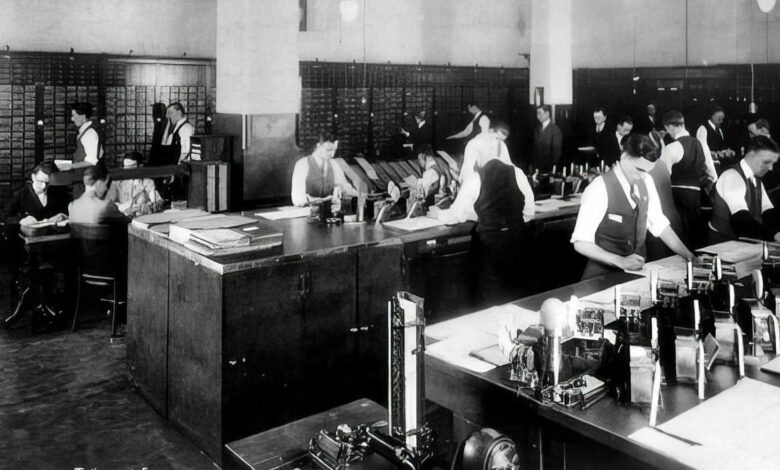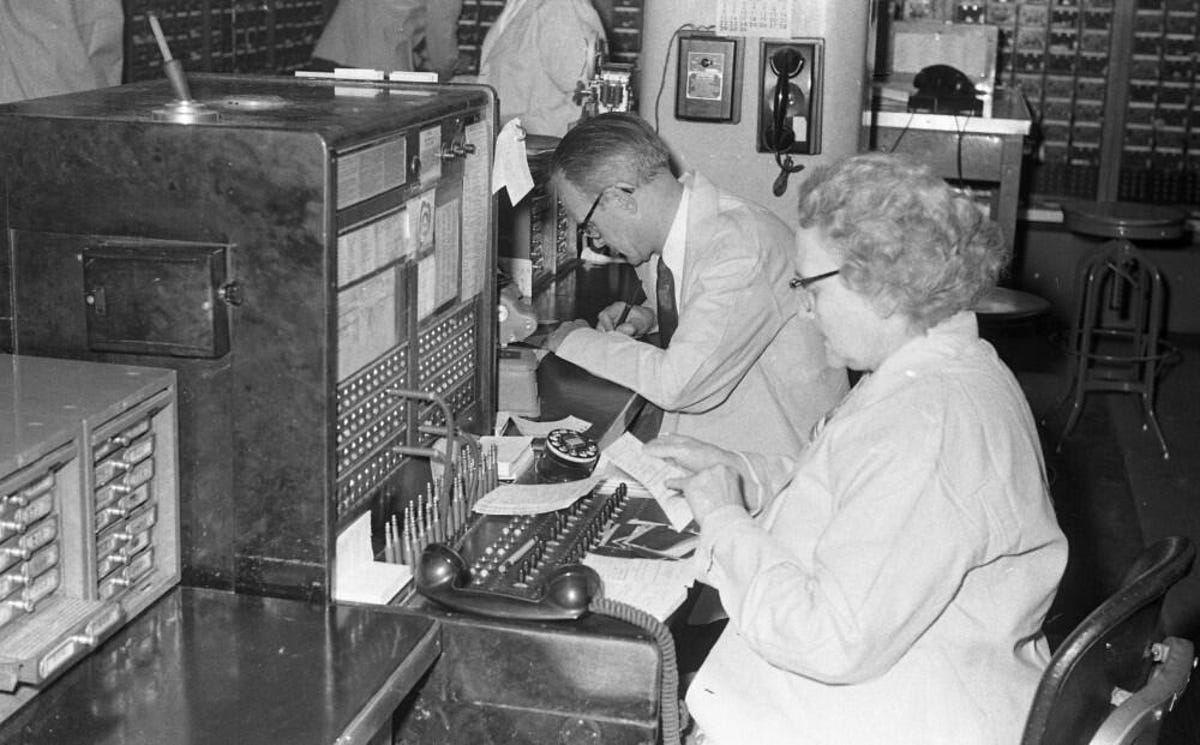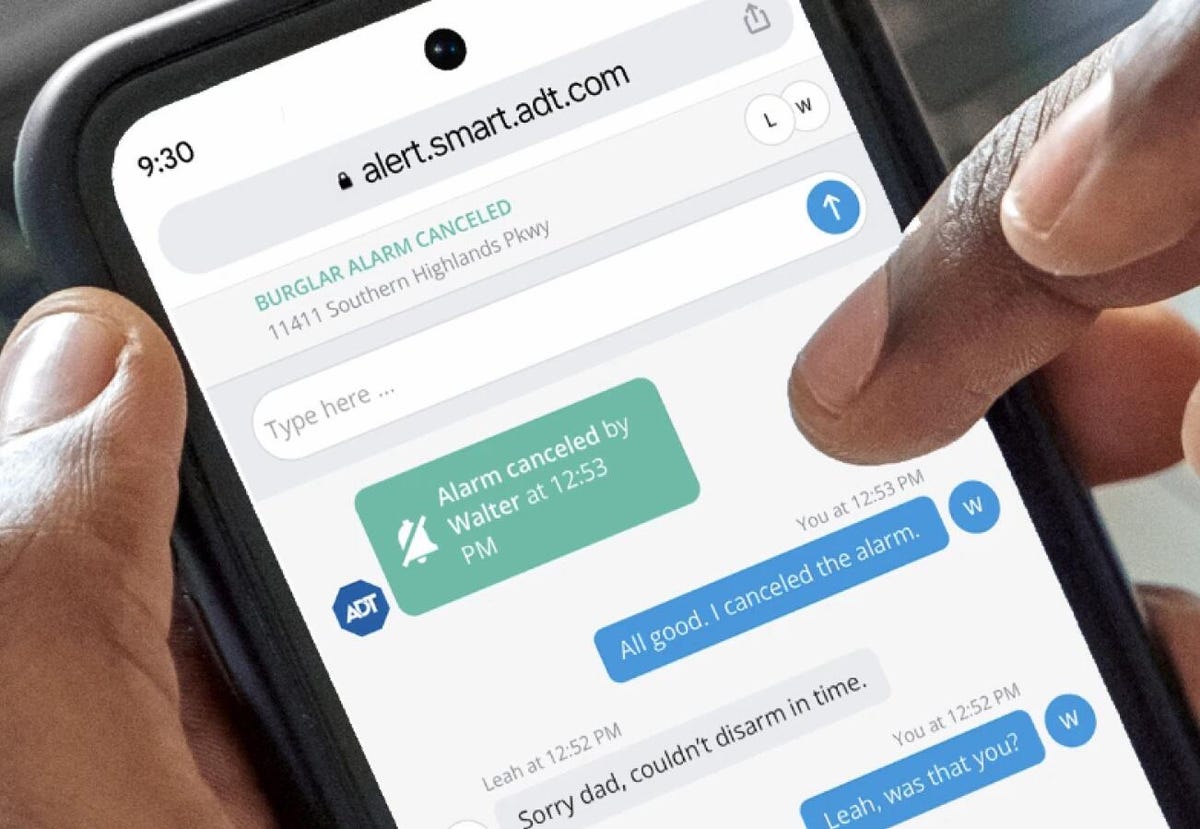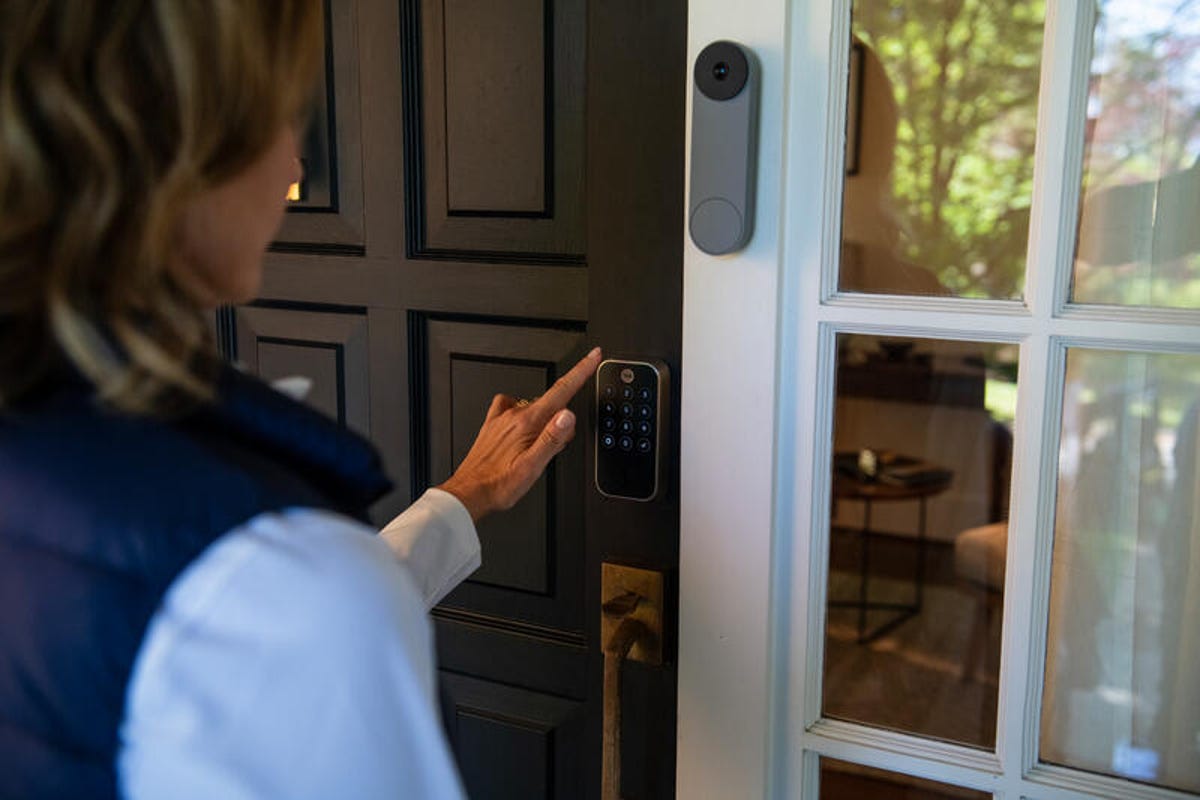How 150 Years of Innovation Inspires ADT’s Brand New Technology





The 1939 New York World’s Fair promised visitors a sample of ‘the world of tomorrow’. The exhibition presented futuristic consumer and industrial projects from all over the world.
But the World’s Fair featured one innovation that wasn’t on display: the American District Telegraph Company’s Central Monitoring Center. The concept, pioneered by ADT decades earlier, was a roaring success: Devices received alarm signals and then operators alerted police, firefighters or doctors to an emergency. The security company helped keep tabs on the millions of people who visited the fairgrounds in Flushing Meadows, Queens.
There was 24-hour security on the largest stage in the world.
Today, ADT stands for safety: The famous blue octagons that have adorned windows and lawns across America since the early 1990s warn potential burglars to think twice before entering a home. The iconic sign is recognized by 97 percent of Americans as the symbol of safety and protection.
But that legacy is built on a relentless drive to invent new technologies that make security faster, more reliable and more flexible. Throughout its 150-year history, ADT innovations have not only created the modern security industry as we know it, but have also proven useful in automation of all kinds. That history of innovation drives ADT to continue pushing for the “world of tomorrow” in the age of smartphones, apps and AI.

ADT employees in 1959.
The Birth of Automated Security
American District Telegraph was born in Baltimore in 1874. In the late 1800s, the company used payphones to alert authorities to emergencies. In the 1880s, messenger boys were assigned to help customers in need via the telegraph, and they quickly became pop culture icons.
As telephones became more popular in the 1910s, ADT began providing security services. “Roundsmen” would make neighborhood rounds, patrolling customers’ homes to deter crime.
In 1946, ADT introduced another innovation that would become a building block of modern security technology and reach far beyond the security industry: ultrasonic indoor motion sensors. Motion sensors were a breakthrough in automation technology that became ubiquitous in the 1960s, powering everything from lights to restrooms to Halloween decorations. Motion sensors were especially revolutionary for security: Business owners no longer had to rely solely on people to protect their premises. Now they had peace of mind, even when they weren’t there.
The 1960s saw the advent of safe vibration sensors, followed by ADT’s first computer-based proprietary system in the 1970s. But it was the 1980s that heralded a major shift: ADT entered the home security business. The Focus multiplex alarm control unit finally made security, something that had been enjoyed by businesses for decades, affordable for individual homeowners. Today, more than half of American homes are protected by security systems.

ADT Alarm Messenger helps you reduce false alarms.
Text messaging to reduce false alarms
It’s no surprise that a company that pioneered new ways to use telephone and telegraph technologies would be at the forefront of the digital revolutions of our own time, especially as we traded phone lines for wirelessly connected smartphones. Today, ADT continues to imagine how communications technologies can keep you safe when every second counts And Prevent your precious seconds from being wasted on false alarms.
Older security technologies automatically alerted authorities when alarms were triggered, speeding help to the scene but sometimes creating false alarms. ADT’s Alarm Messenger uses text messages to make every second count, but also to ensure there’s really a problem.
Alarm Messenger alerts users and a select group of emergency contacts when an alarm is triggered. Everyone receives a text message with a link to a group chat. In the chat, users can view information about the alarm, chat with others who have been alerted, and confirm whether an emergency actually exists. If a user clicks to call police, Alarm Messenger sends the information to an ADT agent who then speaks to 911, so responders have all the details before they arrive on the scene. (There is a backup: if no one responds to the message, ADT will call to assess the situation and then, if there is any doubt, send help.)
If there is no emergency, you can tap a button to cancel the alarm. If necessary, the local 911 center is notified of the emergency electronically, at a speed eight times faster than a voice call. The text messages are still given the same priority as if you were talking to someone on the phone. Since Alarm Messenger was introduced in 2020, false alarms have been reduced by more than 50 percent, according to ADT call center data. And according to ADT monitoring data, more than two million false alarms have been stopped by agents since 2021.

ADT’s security systems fully integrate with Google Nest products.
The era of smart home automation
When ADT was founded 150 years ago, it was hard to imagine that we would one day manage nearly every aspect of our lives from a screen that fits in our pockets. But just as it always has, ADT is turning new technologies into new ways to protect you and your loved ones.
In 2010, shortly after ADT responded to its billionth alarm, the company launched its Pulse App for smartphone users. The Pulse app allowed users to monitor their homes in real time, no matter where they were, by unifying their security system, climate control, and lighting into a single interface. The era of smart home automation had begun.
But ADT didn’t stop there. They continue to use the latest digital technology to make home security smarter and more flexible. In 2020, Google invested $450 million in ADT and integrated ADT’s Monitoring service with Google’s Nest products and artificial intelligence.
Launching in 2023, the ADT+ app brings your ADT security system and Google Nest devices together. The app lets you control ADT sensors and view live video feeds from Nest doorbells or cameras. You can also watch video clips of the moments before and after a notable event. Nest doorbells can tell the difference between a person stopping by and a package delivery and send an alert to your phone. Talk and listen lets you talk to visitors. You can silence an alarm or unlock a door, and toggle privacy modes to disable cameras.
ADT’s digital security technology isn’t just for homes: It also powers a variety of apps that have changed the way we get around and what comes to our door. Popular startups like DoorDash, Lyft, and Uber have integrated ADT’s security toolkits into their apps to connect and assist drivers and riders in real time.

Even if you don’t use ADT to protect your home yet, they’ve been protecting your world for 150 years.
From yesterday to tomorrow: ADT is always there
The 1939 World’s Fair, the first global event protected by ADT technology, looked toward the “world of tomorrow.” We live in that world today, the world of smartphones, apps, and AI. One hundred and fifty years after our first anniversary, ADT’s long history of innovation continues to inspire us to break new ground in technologies that make security faster and more flexible. And new technology means new ways to customize security to your needs, whether you want to create your own self-setup system or put it in the hands of a trusted ADT professional.
Even if you don’t use ADT to protect your home yet, they’ve been protecting your world for 150 years, inventing the technologies that made modern security possible. Now you have endless options to make ADT your own: explore Self-Setup or Professional Installation today to create a security system that’s perfect for you. When every second counts, trust ADT.




